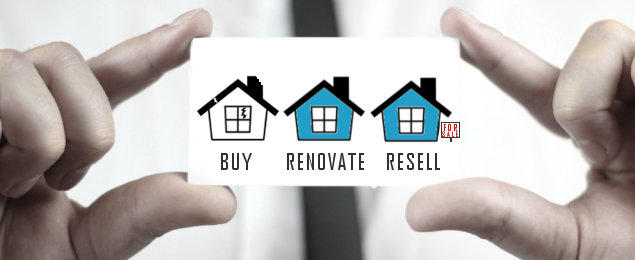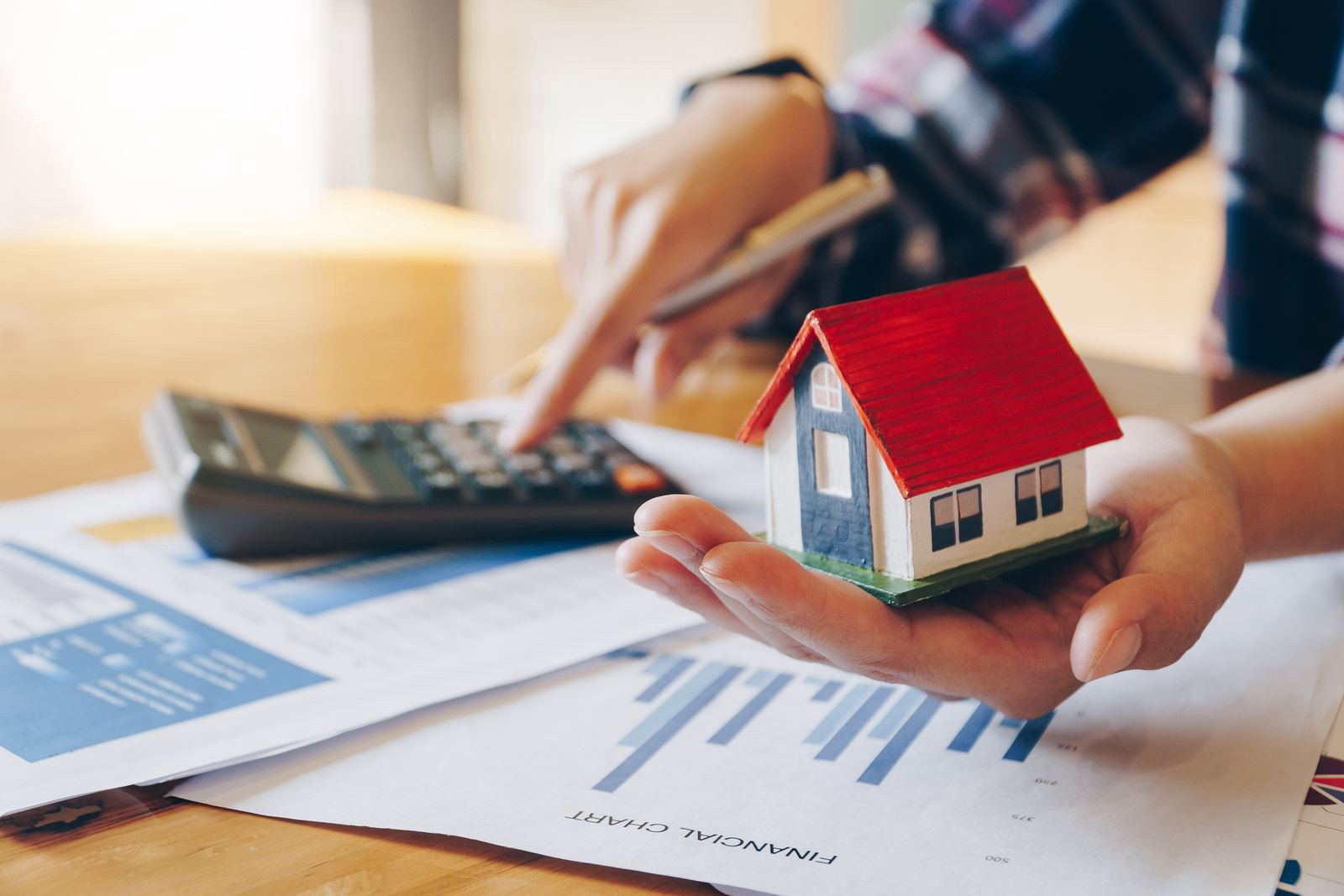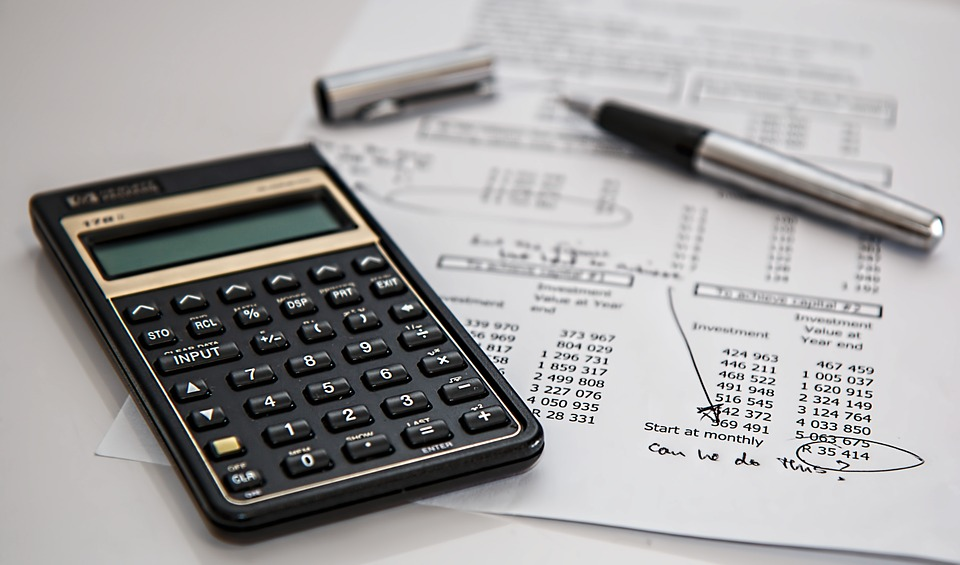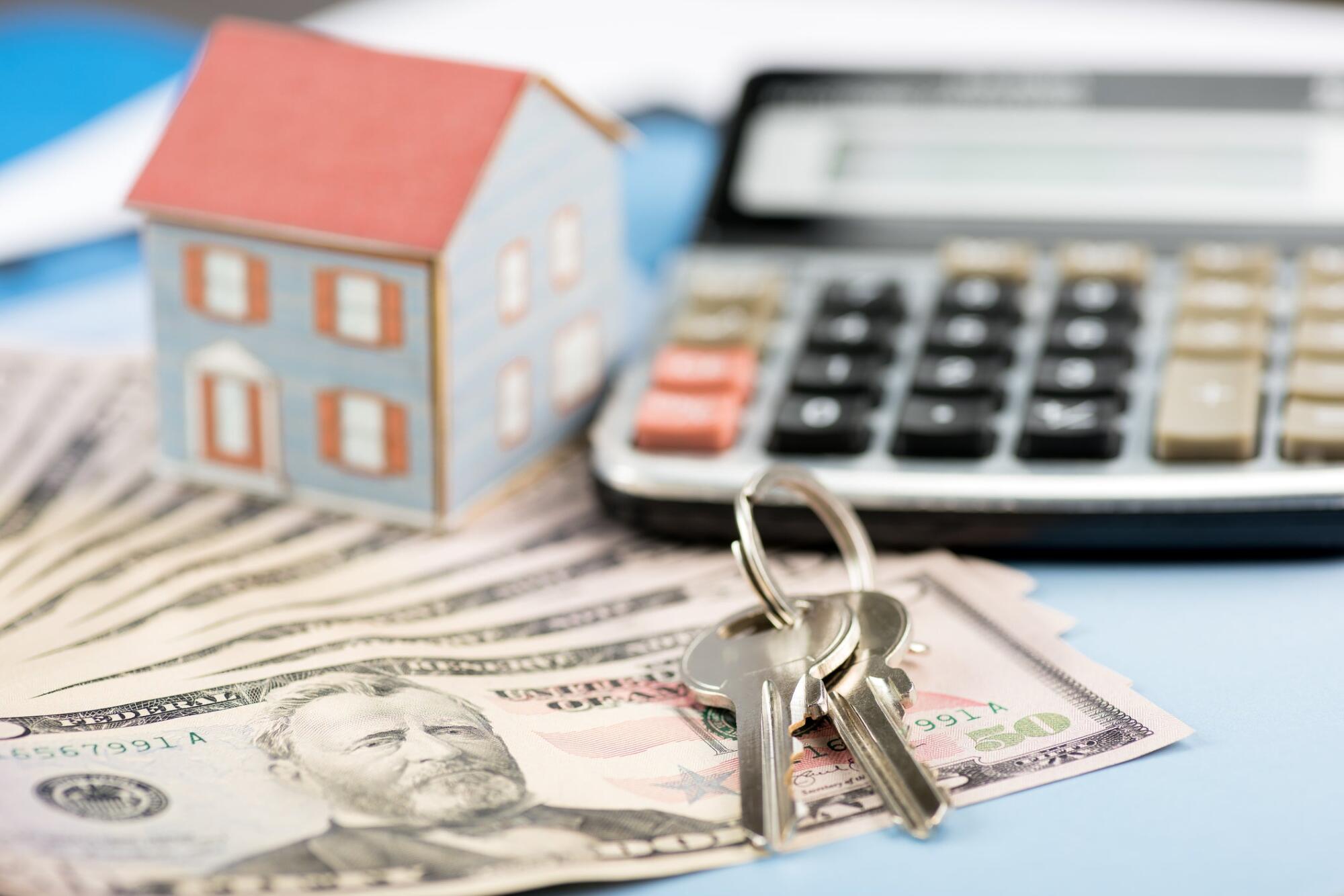Investing in property can take many shapes. For example, an individual may buy a commercial or residential property to rent out and collect money monthly over the long term. Or a real estate investor might buy a property in a desirable location, demolish and clear away whatever is on the property, and then sell it to developers. A third option is to treat your property as a flip project. Flipping is when an investor buys an investment property that is run down and below market value, makes the needed upgrades and renovations to the property, and then resells it at or above market value to make a profit.
When flipping a property, two key determinants directly impact the profitability of the project. The first is the amount of time it takes to flip the property. The faster the property is flipped, the less money will be spent on loan payments, interest, taxes, and utilities. The second factor is the repair value or cost of renovations. The less money you spend on improvements, the higher the profitability of the overall project.
While it is important to get the property up to enhanced conditions, which will cost money, it is crucial to examine each renovation decision to determine if the cost of the upgrade stands to exceed the potential increase in value to the upgrade. For example, if it costs $10,000 to install a pool, but it will increase the value of the property by $25,000 for resale, it is profitable to invest in a pool.
When you are looking to flip properties, it’s a good idea to think about fix and flip loans. You do not plan to own the property for an extended period anyway, so long-term loan benefits like the lowest interest rate are much less important to your decision as a borrower. However, you’ll want to make sure you have the lowest monthly payments because that will allow you to spend as little as possible while renovating.
If you are interested in investing in properties, but you have little to no interest in actually renovating them, you can invest in property flippers that have a proven record of success. By providing a fix and flip loan, you can get a quick return on your investment. Most fix and flip loans last from 12 to 24 months or less. By investing in short-term opportunities, you are decreasing the time needed to profit from your investments.Another advantage for the investor is that there is collateral on loan. If the renovator you are working with abandons the project or defaults on payments, you can lease the property. While this is not the ideal outcome, the property can be sold to recuperate the invested money. While all investments carry risk, investing in property holds relatively lower risk than other options.
Working with a company like Yieldstreet can provide alternative investment opportunities such as investing in fix and flip loans that will lower your risk even more by allowing you to invest over multiple opportunities, as opposed to sinking all of your money in one property project.
Fix and flip loans are a great way to diversify your investments and get into something new. While investing in stocks or commercial opportunities can be highly profitable and rewarding, fix and flip loans offer a relatively safe diversification opportunity.
Diversifying your investment portfolio, or spreading out the risk to maximize potential profits, is vital to long-term wealth. By investing in multiple different areas and projects, you can try new things and see which investments are the most profitable for you. You can also decide what is the most interesting or exciting for you as you go forward. It is important to remember that stocks are not the only option when it comes to investing.






